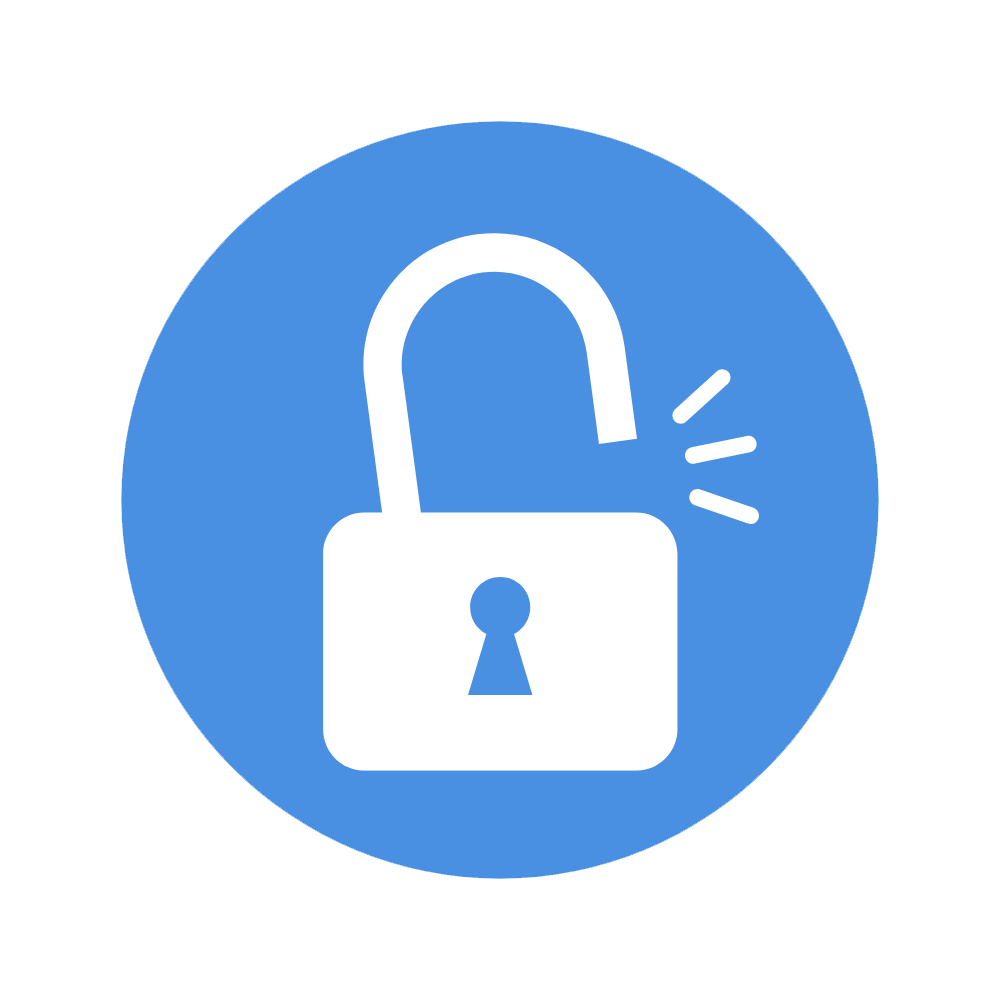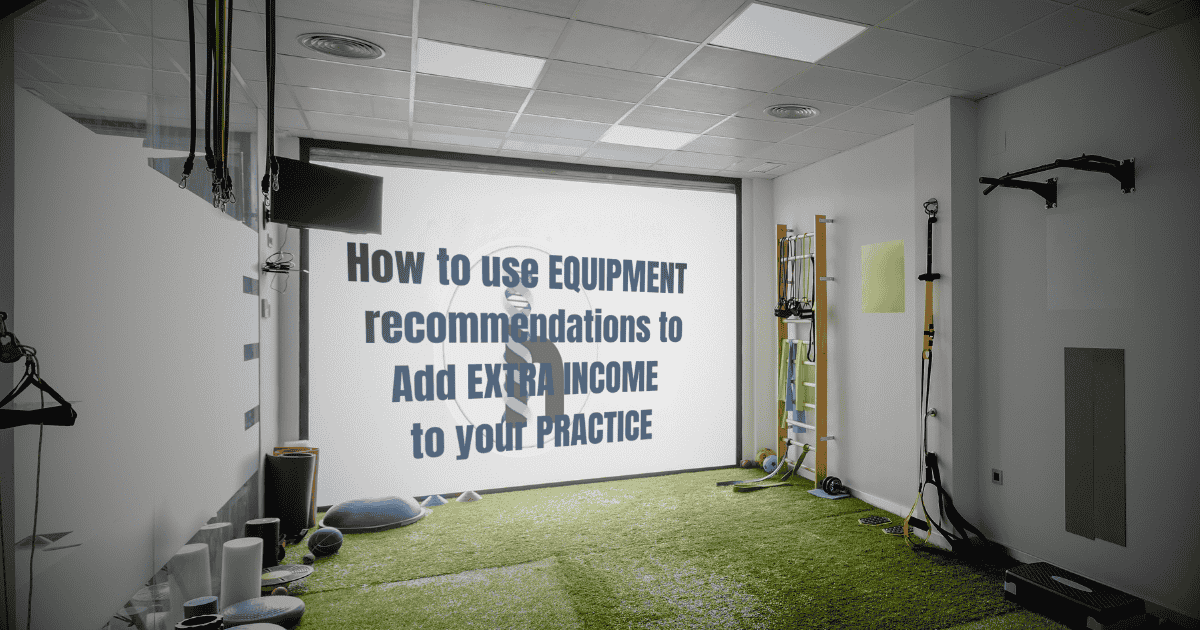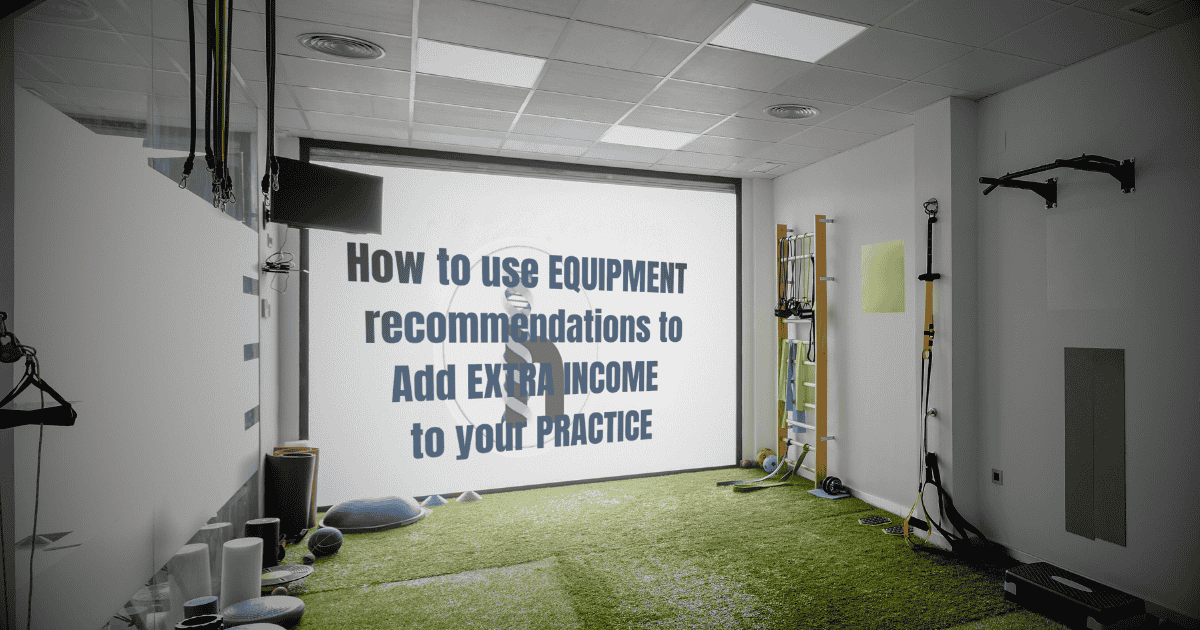Clearinghouse Switching: A Game-Changer for Therapy Billing and Revenue Cycle Management
Clearinghouse switching is a pivotal feature in the world of therapy billing and revenue cycle management, where efficiency and flexibility are crucial for maintaining steady cash flow and reducing costly claim denials. This capability, which sets advanced EMR solutions apart, allows clinics to seamlessly transition between multiple clearinghouses without disrupting operations, directly impacting the speed and success of getting paid.
For physical therapy, occupational therapy, and speech-language pathology practices, having such flexibility on demand provides greater financial control, faster reimbursements, and fewer claim processing issues. This article explores why the ability to switch intermediaries is a game-changer, how to reduce claim denials in therapy billing using this approach, how it benefits therapy practices, and why it should be a key factor in choosing an EMR system.

What Is Clearinghouse Switching?
A clearinghouse is an intermediary between healthcare providers and insurance payers, helping to submit claims, verify patient eligibility, and detect errors before claims reach insurers. Traditionally, practices lock into a single clearinghouse, limiting flexibility and sometimes leading to delayed reimbursements or avoidable claim denials due to system inefficiencies.
This advanced system allows therapy clinics to:
Choose the best intermediary for their needs (e.g., Inovalon for Medicare, Trizetto for commercial payers) instead of being tied to just one.
Reduce claim rejections by selecting an intermediary with better claim acceptance rates for specific payers.
Adapt quickly if their primary clearinghouse experiences downtime or inefficiencies.
Optimize payment speed by selecting an option known for faster processing times for certain payers.
Instead of being forced into one-size-fits-all billing, having flexible intermediary options gives therapy clinics more control over their revenue cycle and financial health.
Why is the Ability to Switch Clearinghouses Crucial for Therapy Practices?
This operational advantage directly addresses several common frustrations in therapy billing and significantly impacts the bottom line.
1. Eliminates Clearinghouse Lock-In
Many EMR systems restrict therapy practices to a single clearinghouse partner. This can lead to billing inefficiencies and delays if that provider has:
Slow claim processing times
Higher rates of claim rejections
Limited payer connectivity
Having multiple options removes these limitations, allowing therapy practices to select the best partner for different payers, ultimately improving the rate of successful reimbursements.
2. Reduces Claim Denials and Rejections
If a clinic’s current intermediary has high rejection rates for certain payers, selecting another with better acceptance rates for those specific claims can significantly improve cash flow and reduce unpaid claims. This flexibility is key if you’re asking how to reduce claim denials in therapy billing effectively.
For example:
Provider A may process Medicare claims faster with fewer issues, while Provider B has better performance with specific commercial insurers.
With the means to select the optimal route, clinics can direct claims through the most efficient channel, reducing errors and increasing approval rates, leading to fewer frustrating claim denials.
3. Increases Revenue Collection Speed and Reimbursements
A slow clearinghouse can delay payments by weeks or even months, creating cash flow challenges. Changing to an intermediary with faster claim processing for key payers can:
Accelerate revenue collection
Reduce days in accounts receivable
Improve overall financial stability through quicker reimbursements.
For high-volume therapy practices, faster payment cycles are essential for sustainable business growth.
4. Provides Flexibility During Clearinghouse Downtime
Clearinghouses sometimes experience technical issues or processing delays. Being locked into one provider means clinics are stuck waiting, potentially halting their billing operations.
With the option to reroute, therapy practices can immediately send claims to another functional intermediary without significant delays, ensuring more consistent cash flow and uninterrupted billing.
5. Expands Payer Connectivity and Options
Some intermediaries have limited partnerships, restricting clinics from billing certain insurance providers efficiently. Using an EMR that supports multiple connections can:
Allow selection of providers that work optimally with target insurance payers
Increase the number of payers that can be billed smoothly
Maximize opportunities for reimbursements
This is especially beneficial for clinics expanding services or working with a diverse payer mix.
How This Feature Sets Advanced EMRs Apart
Most standard EMR systems force practices into a single clearinghouse agreement. However, advanced EMRs offer this built-in flexibility, empowering clinics to:
Avoid being trapped with a poorly performing provider.
Optimize claim approvals and reduce claim denials by choosing the most effective path for each payer.
Minimize cash flow disruptions by instantly redirecting claims during system downtimes.
Such a capability is particularly valuable for therapy practices needing efficient processing for high patient volumes and diverse payer mixes.
HelloNote EMR: Leveraging Clearinghouse Switching for Fewer Claim Denials
HelloNote EMR integrates robust clearinghouse switching capabilities to give therapy clinics unparalleled billing flexibility and efficiency. With HelloNote EMR, practices can:
Choose from multiple integrated clearinghouses, including Inovalon, Trizetto, and ClaimMD, to ensure maximum claim acceptance.
Benefit from intelligent routing suggestions based on payer performance (where applicable).
Prevent billing interruptions by easily changing intermediaries if one experiences delays.
Enhance the speed of reimbursements by optimizing claim pathways.
This specific function within HelloNote EMR ensures that therapy practices stay in control of their revenue cycle, making billing more efficient and reducing common causes of claim denials.
Looking for an EMR that optimizes billing and helps reduce claim denials? Book a free demo of HelloNote EMR today!
Final Thoughts: Optimizing Reimbursements with Clearinghouse Flexibility
The ability to choose and change claim intermediaries is a powerful tool for therapy practices looking to streamline billing, minimize claim denials, and improve cash flow. By selecting an EMR system with this core function, therapy clinics can:
Eliminate clearinghouse lock-in and maximize payment rates.
Reduce denials by selecting the most effective intermediary for each payer situation.
Maintain financial stability with uninterrupted claim processing for faster reimbursements.
As billing and insurance requirements evolve, therapy practices need control over their revenue cycle. Access to flexible claim submission options is no longer a luxury—it’s essential for financial success.




























